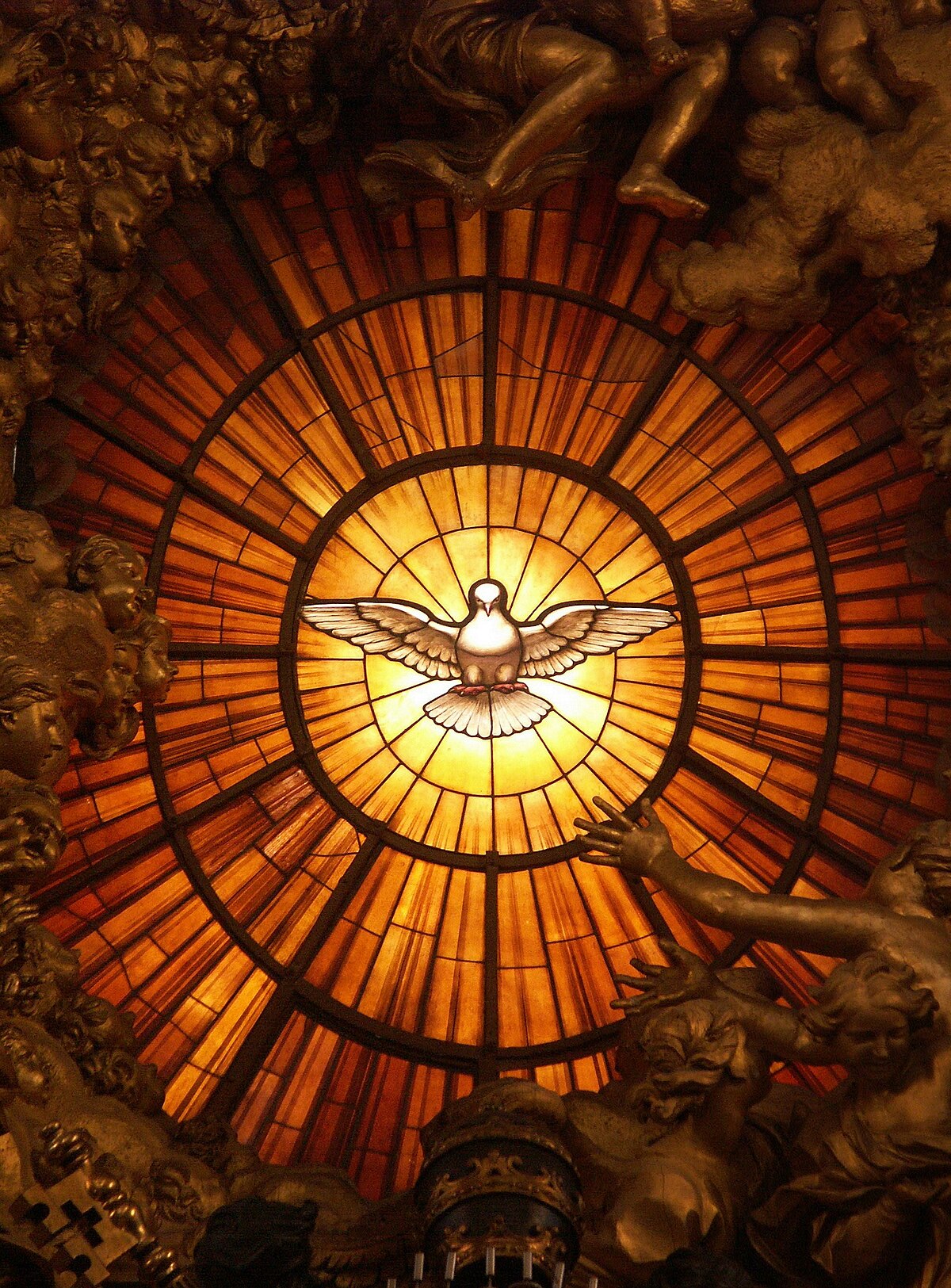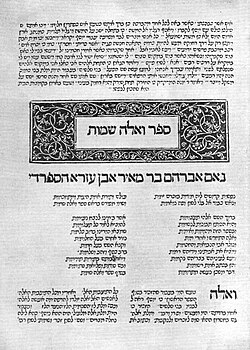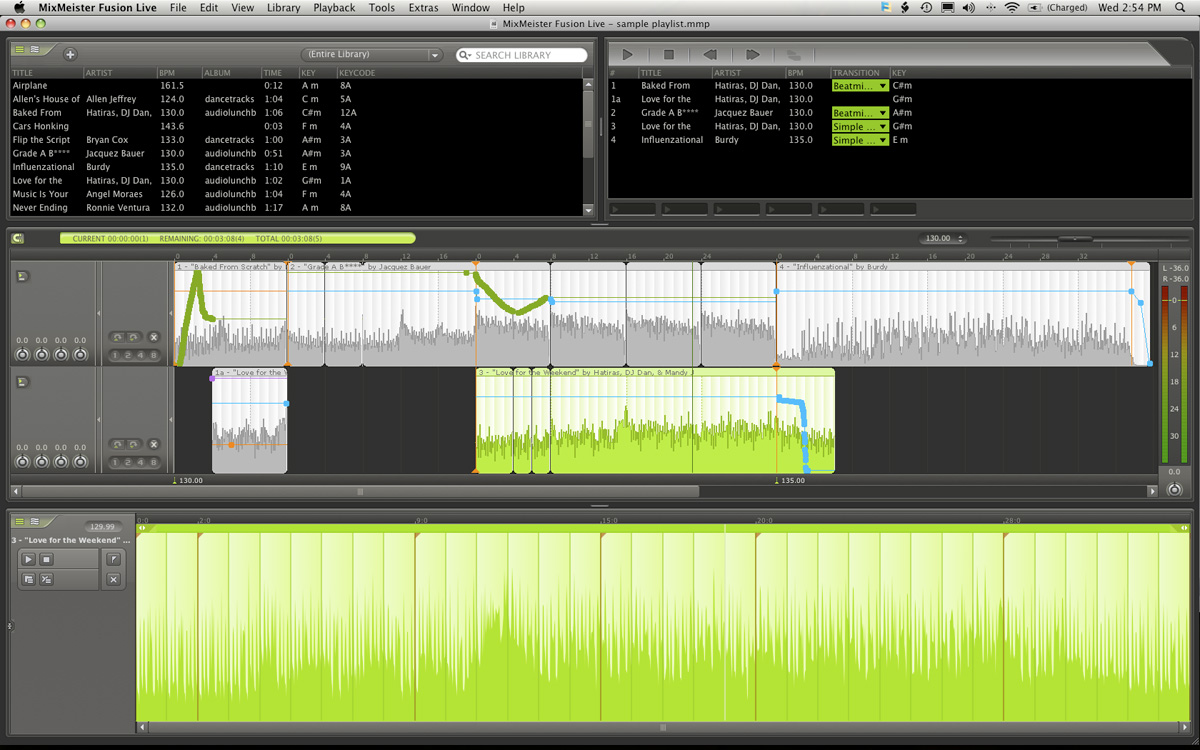Dictionnaire Encyclopedique Du Judaisme Pdf Printer
1Since the end of the nineteenth century, the Sator Square has given rise to a number of hypotheses, some of which have admittedly been rather improbable. Nevertheless, their sheer number and their very excesses demonstrate the epigraphic success of this palindrome, dating to the dawn of the Christian era: the third century in England and Doura-Europos in Syria; the beginning of second century in Hungary; finally, and most importantly, the first century in Pompeii. Firstly, a few facts.
Online Document Converter makes it possible for anyone to convert Word, Excel, PowerPoint. PDF or Image files. Because Quartz, the graphics engine for 2D graphics in Mac OS X, is based on PDF, you can convert nearly any kind of. Dictionnaire Encyclopedique Du Judaisme Pdf. Read on to check the details.

In the history of the interpretation of the Sator, two key “discoveries” were made at a ten-year interval of each other. In 1926, when the oldest known Sator dated to the third century, Felix Grosser observed that the palindrome was composed of the same letters as the two words Pater noster, thus showing that it was possible to form the following cross with its twenty-five letters.

2Numerous exegetes took this anagram as a complete certainty: it could not be coincidental, but instead constituted the proof of the Christian origin of the square. However, in 1936 a Sator was discovered in Pompeii on a column in the palestra, accompanied by other inscriptions: the same hand wrote SAUTRAN below and then VALE in smaller characters; a second hand added? Above and ANO below. This well-preserved Sator allowed Matteo Della Corte to identify the fragment of another Sator on a ruined inscription discovered inside a house in 1925. Predating the eruption of Vesuvius on August 24, AD 79, these are the oldest known examples of the palindrome to date. Consequently, Grosser’s anagram was suspected to be a pure coincidence, and the Christian hypothesis was disputed by those who considered it improbable that Christians had created such a cryptogram at the time and even that a Christian community had ever existed in Pompeii. The Jewish hypothesis was then considered, because there were already several important indications of a Jewish presence in the city (even if recent research implies that the population was probably not large), but no decisive arguments were set forth.

Many thus kept their faith in Grosser’s Christian interpretation, whose anagram remained widespread, even though a spiritual and scholarly article by Paul Veyne challenged this very charming error. 3In these circumstances, the following pages would never have seen the light without a recent discovery in the field of ancient mathematics on the subject of squares, today referred to as “magic.” These were known before the Christian era in China and several centuries later in India, but they had been believed to have been absent from the Greco-Roman tradition until the fourteenth century, when a Byzantine opuscule explicitly treated the subject (interpreters of the Sator thus logically took little interest in it, because of its late character). Now, as may be read in the journal Archive for History of Exact Sciences, a passage from the treaty of Iamblichus (third–fourth centuries) examining Pythagorean arithmetic on natural and unnatural three-by-three squares implies not only a minimal knowledge of the squares known as “magic,” but also allows us to explain their discovery. Knowing that the cradle of Pythagoreanism lies in the south of Italy, this locus immediately opens up a new prospect for studying the Sator of Pompeii: might it have been calculated using a Pythagorean square of five? 14Based on the hypothesis that the Sator was of Jewish origin, such a square is not without interest, since the numbers 13, 26, and 65 are known to signify the divine name in Hebraic gematria: 26 is the numerical value of the Tetragrammaton, 65 that of its written form “Adonai,” and 13 that of ehad “One” (Deut 6:4).
Dictionnaire Encyclopedique Du Judaisme Pdf Printers
22It is crucial to note the correspondence between this ARA AEREA square and the divine instructions on the bronze altar in Exod 27:1–2: “five cubits long and five cubits wide; the altar shall be square. And you shall make its horns on its four corners; its horns shall be from it, and you shall overlay it with bronze.” Each “horn” corresponds to a T, which Tertullian (second century) attested to be the Latin transcription of taw, the “sign” that God commanded to be inscribed on the forehead of the righteous in Ezek 9:4; however, this scene is held “beside the bronze altar” (Ezek 9:2). The horns were considered the holiest part of the altar, so much so that one could not lay their hands on he who had seized them: TENET probably expresses this idea in the square ARA AEREA, like the later Vulgate of 1 Kgs 1:50, tenuit cornu altaris “he seizes a horn of the altar.” 23The Sator thus shows that at the dawn of the Christian era, the “form” of the altar of burnt-offerings retained the symbolic value attributed to it by the Chronicler in the fourth century. Furthermore, it remained for the Mediterranean Diaspora what it had been for the Transjordanian Diaspora in Josh 22: “a witness among us that YHWH is God” (v. However, this is not its only worth.II. Serpens Aerea: A Soteriological Symbol 24In addition to this function of witness, did not the Sator also have a soteriological value, in the sense of salvation, “in order to escape from whatever physical harm, from danger, from the hands of an enemy”? In fact, according to Isaiah, the witness altar announced the forthcoming delivery of the Diaspora (Isa 19:19–20): 25On that day there shall be an altar to YHWH in the midst of the land of Egypt.
And it shall be for a sign and for a witness to YHWH of Hosts in the land of Egypt. For they shall cry out to YHWH because of oppressors, and He shall send them a savior and a prince, and he shall save them. 26Bronze is the material used for another, even more renowned symbol of salvation, namely, the serpent fashioned by Moses in Num 21:6–9: 27YHWH sent against the people the venomous snakes, and they bit the people, and many people of Israel died. The people came to Moses and said, “We have sinned, for we have spoken against YHWH and against you. Pray to YHWH that He remove the snakes from us.” So Moses prayed on behalf of the people. YHWH said to Moses, “Make yourself a serpent and put it on a pole ( nes, semeion LXX), and let whoever is bitten look at it and live.” Moses made a bronze snake and put it on a pole ( nes), and whenever a snake bit a man, he would gaze upon the bronze snake and live.
